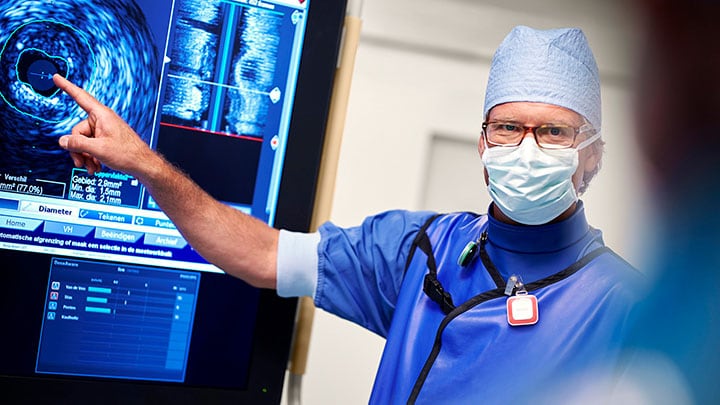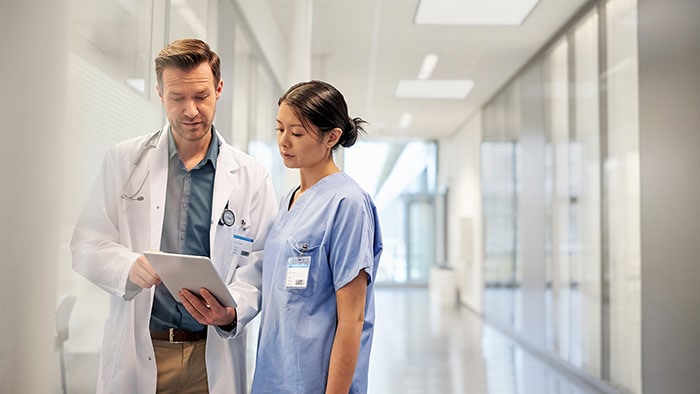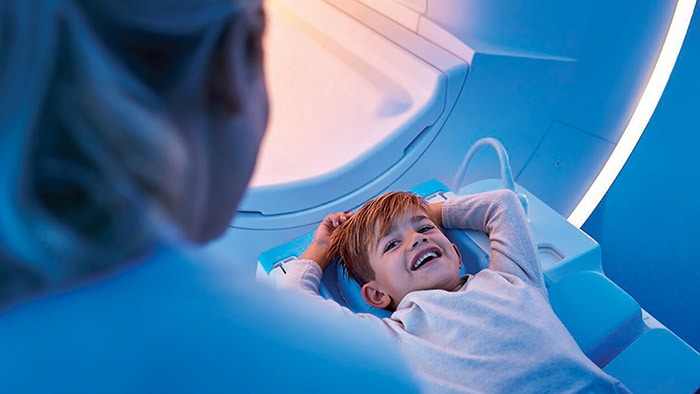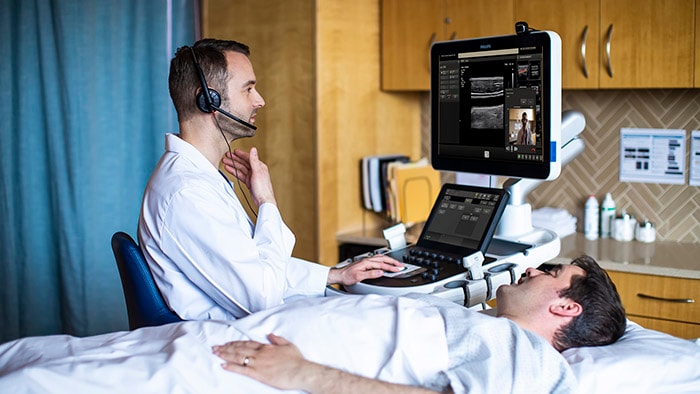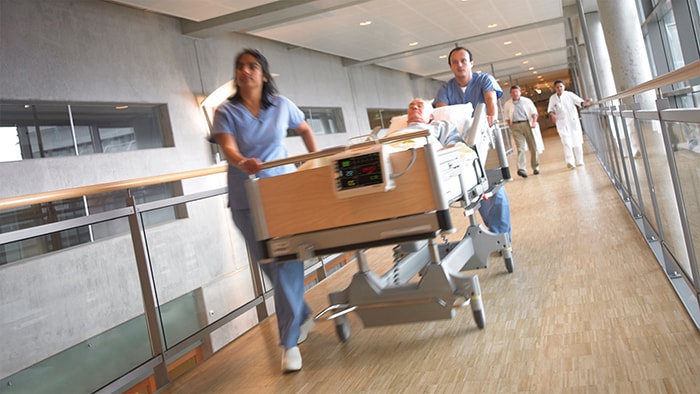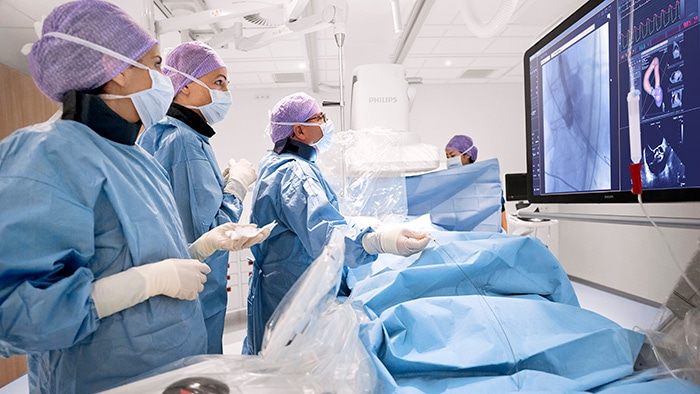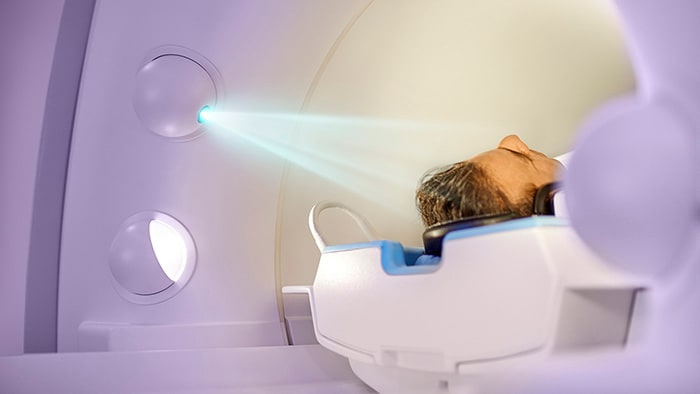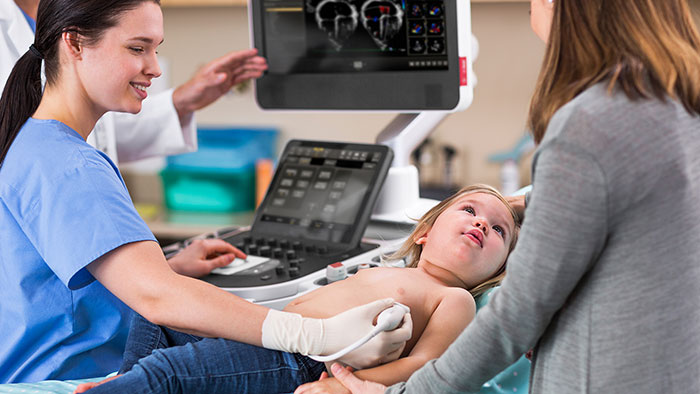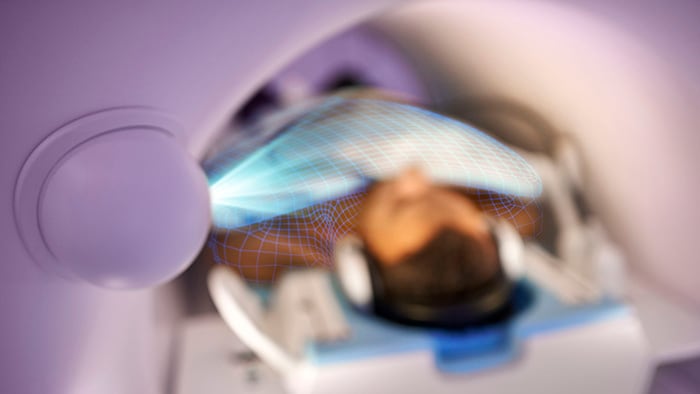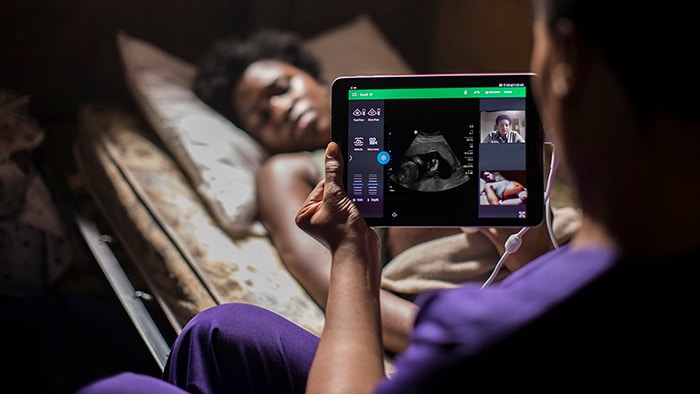Before the COVID-19 pandemic hit, health systems around the globe already faced immense pressure to manage operational and clinical complexities, compounded by the challenge of processing an ever-increasing flow of raw data, inefficient systems, heavy workloads and bureaucratic demands. COVID-19 has only added to the pressure and complexity, pushing healthcare providers and infrastructures to their limits.
But a ‘bright side’ has emerged from the crisis: a boom in innovation and collaboration to meet new needs. The world has witnessed companies and industries stepping forward to solve challenges facing hospitals, clinicians and their patients. In many ways, the pandemic has reinvigorated healthcare’s sense of purpose and brought together different disciplines, overcoming siloes and personal interest - working toward the shared goal of saving lives.
To explore this more deeply, I took the opportunity to sit down with a few of my Philips colleagues for a podcast series called Inside Insights, where we discuss the innovations that are being designed and implemented to help solve the biggest challenges in the diagnosis and treatment of patients today.

Each episode of Inside Insights addresses important topics that align with our mission to improve two billion lives by 2025. By combining smart technologies – across imaging, pathology and genomics – with optimized workflows and insights from integrated diagnostics, we can achieve a continuous diagnostic system that supports healthcare providers. With this approach, we can drive the right care in the right sequence at the right time, leading to clear care pathways with predictable outcomes for every patient.
Share on social media
Topics
Author
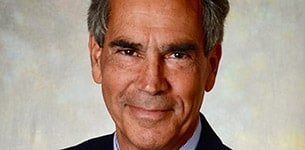
Chip Truwit, MD, FACR
Chief Medical Officer for Precision Diagnosis at Philips. Previously, Chip was previously Chief of Radiology and Chief Innovation Officer of Upstream Health Innovations at Hennepin County Medical Center, Minnesota, USA, and Professor Emeritus of Radiology at the University of Minnesota Specialist in neuroradiology with clinical interests in pediatric neuroradiology and intraoperative MR-guided therapy.
